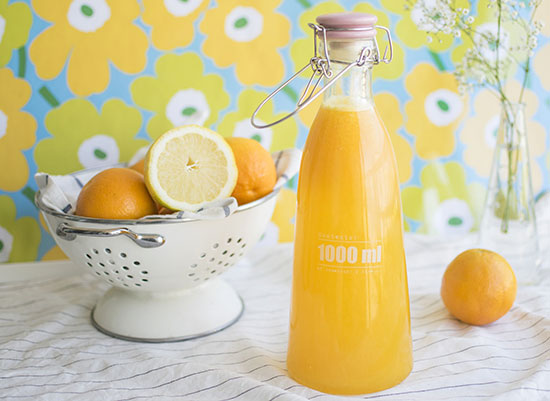
Jun 12, 2019
Blog Energy & Sustainability Industry Trends in Food and Beverage Market
In 2018, a lot happened in the food and beverages market. For example, the advent and adoption of various technologies enabled simpler packaging and processing solutions, such as resealable packages and single-portion packages, which generate less waste and have increased recyclability.
Simpler packaging and processing solutions is just one of the trends BCC Research analysts have seen in the food and beverages market. In our report, “2018 Food and Beverage Research Review,” we explain in depth what’s happening in several industries within the market—food processing, probiotics, food enzymes, fermentation ingredients and more.
If you’re looking for a short introduction of food and beverage market trends, then today’s blog will be helpful. Gain quick insight into each industry featured in our full report with our summaries below.
The Probiotics Market
Short Overview: Probiotics are friendly bacteria that are consumed to balance gut flora in the body. Demand for probiotics has increased over the years due to growing awareness of the health of both humans and animals, and increasing demand for food and beverages, dietary supplements and animal feed.
Market Trends:
Food Processing Industry and Packaging Equipment Market
Short Overview: The food industry is emerging as a high-growth, high-profit industry with huge potential, especially in the food processing segment. Food processing and packaging technology is now focusing on retaining maximum nutrients and sensory properties, and increasing the shelf life of food without causing any adverse effects on the quality of food.
Market Trends:
Fermentation Ingredients Market
Short Overview: The number of products developed by a fermentation process has increased beyond that which was anticipated by many industry developers more than two decades ago. The market has experienced significant fluctuations in pricing, undergone wide variations in consolidation and product development and become highly susceptible to factors such as, the agricultural industry; food preferences and resulting consumption; bio-ethanol development; disposable incomes, gross domestic product (GDP) and socioeconomic trends.
Market Trends:
Food Enzymes Market
Short Overview: Enzymes are an integral part of the food and beverage industry. They are widely used in food and beverage production in most countries. Without the use of enzymes, the production of many types of foods and beverages would be less efficient and of low quality. Key factors responsible for the growth of the market include new enzyme technologies and surging demand from the food and beverage industry.
Market Trends:
Carotenoids Market
Short Overview: Over the past decades, a better understanding of carotenoids’ functions in living organisms developed, leading to their use as a nutritional additive with strong health claims. Currently, carotenoids are used as coloring components in foods and feeds, occasionally in cosmetic products, and as physiologically active ingredients in nutritional supplements.
Market Trends:
Bottled Water Products Market
Short Overview: The global market for bottled water products has grown exponentially in the last few years, and growth is expected to continue through 2022. The market is being driven by changing lifestyles, preference for vitamin- and mineral-rich drinking water and ease of handling and portability of bottled water.
Market Trends

Sarah Greenberg is the Manager of Content Marketing at BCC Research. She creates our blog, social media and email content.

Electrical switches—devices that control the flow of electricity—are the backbon...

As the world accelerates toward net-zero emissions, hydrogen, and ammonia have e...

Hydrogen technology is widely used across industries like glass, fertilizer, met...

We are your trusted research partner, providing actionable insights and custom consulting across life sciences, advanced materials, and technology. Allow BCC Research to nurture your smartest business decisions today, tomorrow, and beyond.
Contact UsBCC Research provides objective, unbiased measurement and assessment of market opportunities with detailed market research reports. Our experienced industry analysts assess growth opportunities, market sizing, technologies, applications, supply chains and companies with the singular goal of helping you make informed business decisions, free of noise and hype.